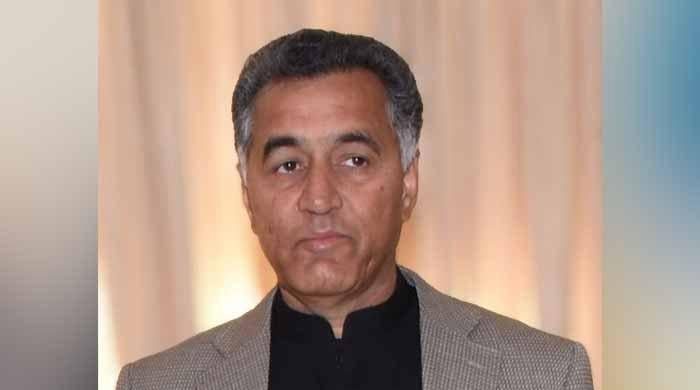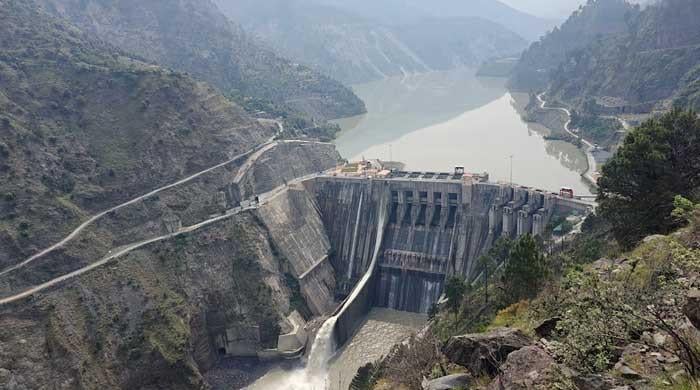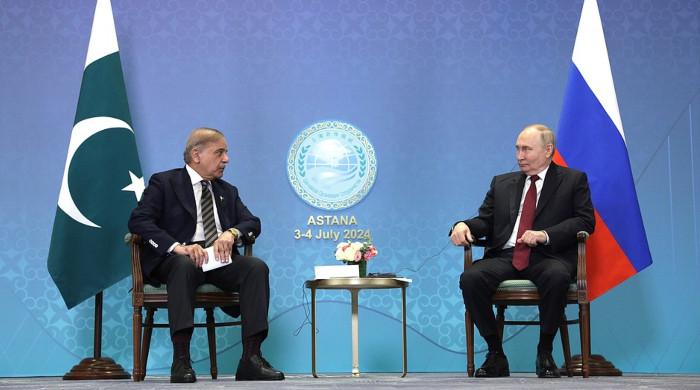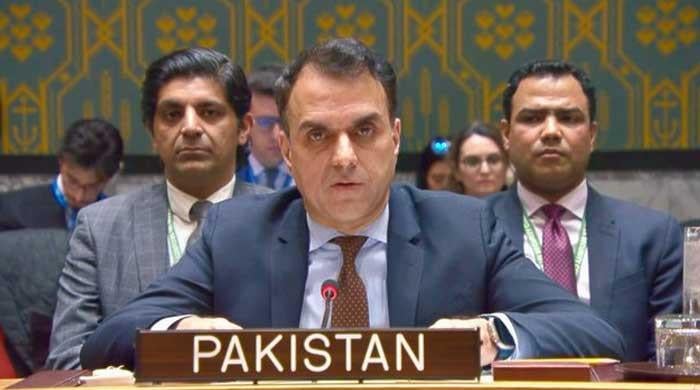Can the opposition bring a no-confidence motion against PM Imran Khan?
PDM believes the opposition’s absence from the NA session today will dilute the government’s narrative
March 06, 2021

Following the government’s announcement a day earlier that Prime Minister Imran Khan will be seeking a vote of confidence, the opposition today declared they will boycott the National Assembly session where the vote is supposed to take place tomorrow.
Their intention was already signalled yesterday, when following the government’s announcement, PPP Chairman Bilawal Bhutto-Zardari said that he will tell the prime minister “when and where a no-confidence motion will take place”.
Bilawal said the prime minister had promised to dissolve the assembly if the Islamabad Senate seat was lost — which the government candidate Abdul Hafeez Shaikh did end up losing to Pakistan Democratic Movement nominee Yousuf Raza Gillani — but now that the time to make the move has come, he is “scared”.
Although it is not yet known when the Opposition plans on moving a no-confidence motion against the prime minister, PDM chief Fazlur Rehman said today that the “shaken” prime minister should announce fresh elections. He was of the view that the opposition’s absence from the NA session will dilute the government’s narrative and the importance of any victory that the prime minister will achieve will be diminished.
So the question that remains now, is that when the opposition does strike, how will it do so?
The process
Under Article 95 (1) of the Constitution, a notice for a resolution of no confidence has to be given in writing and must be signed off by at least 69 members of parliament — 20% of its total strength of 342.
A circular is then sent to the members by the secretary. After a day lapses in between, a notice under sub-rule (1) is entered in the name of the members concerned in the Orders of the Day for when a session is due.
After all items entered in the Orders of the Day are taken up, leave to move the resolution is asked.
When the resolution is moved, the Speaker allots a day or days for discussion on the motion. This is subject to the condition that the resolution not be moved “while the Assembly is considering demands for grants submitted to it in the Annual Budget Statement”.
The resolution is voted for after the expiry of three days and before seven days are up after it is moved in the Assembly.
The math
The resolution must be moved by at least 69 members. The opposition has 160 members in the National Assembly, whereas the government has 180.
The ruling coalition previously had 181 members but after MNA Faisal Vawda resigned, the number dropped to 180.
For the motion to be approved, it typically needs the support of 172 lawmakers but since the NA-75 Sialkot-IV seat has fallen vacant, will need 171 votes.
The opposition was successful in getting Gillani elected in the Senate polls with around 16 lawmakers — much to the dismay of PTI — voting against party lines. What remains to be seen is how many numbers the opposition manages to muster from the non-allied parties for the vote of no-confidence against the prime minister.









